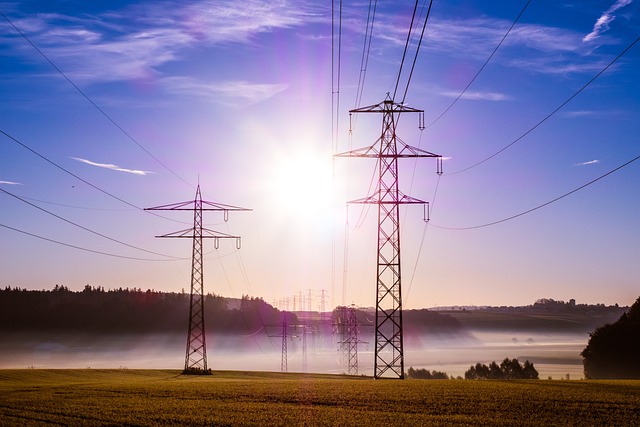Where Does Electricity Come From? Electricity is a fundamental force that powers modern civilization, yet its origins are often shrouded in mystery for many. In this comprehensive guide, we’ll delve into the intricate processes that generate the electricity we depend on every day. From the natural phenomena harnessed by renewable energy to the innovative technologies driving fossil fuel-based power generation, we’ll explore the diverse sources that fuel the electrical grid.
Understanding Electricity Generation
- Renewable Energy Sources
Renewable energy sources such as solar, wind, hydroelectric, and geothermal power play a crucial role in sustainable electricity generation. Solar panels harness sunlight and convert it into electricity through photovoltaic cells, while wind turbines utilize the kinetic energy of wind to generate power. Hydroelectric plants harness the energy of flowing water by channeling it through turbines, and geothermal power plants tap into the Earth’s heat to produce electricity.
- Fossil Fuel-Based Generation
Fossil fuels, including coal, natural gas, and oil, remain significant contributors to global electricity generation. These fuels are burned in power plants to heat water and produce steam, which drives turbines connected to generators, converting mechanical energy into electrical energy.
- Nuclear Power
Nuclear power plants generate electricity through nuclear fission, where the nucleus of an atom is split, releasing large amounts of energy. This energy is used to heat water and produce steam, similar to fossil fuel-based plants, but without the greenhouse gas emissions.
The Role of Transmission and Distribution
Once electricity is generated, it undergoes a complex journey through transmission and distribution systems before reaching consumers. High-voltage transmission lines transport electricity over long distances with minimal loss, while substations step down the voltage for distribution to homes, businesses, and industries through local power lines. Advancements in Electricity Generation Technologies
- Energy Storage Solutions
One of the challenges of renewable energy is intermittency, as sources like solar and wind are not continuously available. Energy storage technologies such as batteries, pumped hydro storage, and flywheels address this issue by storing excess energy during periods of low demand for use when demand is high.
- Smart Grid Technologies
Smart grid technologies enable more efficient and resilient electricity distribution by integrating digital communication and automation. This allows for real-time monitoring and control of power flows, optimizing energy usage and enhancing reliability.
Conclusion
Electricity generation is a multifaceted process that encompasses a diverse range of sources and technologies. From harnessing the power of nature through renewable energy to leveraging innovative solutions for energy storage and distribution, the journey of electricity from its source to our homes is a marvel of modern engineering. By understanding the origins and complexities of electricity generation, we can appreciate the importance of sustainable and efficient energy practices for the future of our planet.
FAQs
- Q: What are the environmental impacts of different electricity generation methods?
- A: Renewable energy sources such as solar and wind have minimal environmental impact compared to fossil fuels, which produce greenhouse gas emissions and air pollution. Nuclear power also presents environmental concerns related to radioactive waste disposal.
- Q: How can individuals contribute to sustainable electricity usage?
- A: Individuals can reduce their carbon footprint by conserving energy, investing in energy-efficient appliances, and supporting renewable energy initiatives such as installing solar panels or purchasing renewable energy credits.
- Q: What is the future outlook for electricity generation?
- A: The future of electricity generation is expected to increasingly rely on renewable energy sources and advanced technologies such as energy storage and smart grid systems to meet growing demand while minimizing environmental impact.
Closing Statement
Disclaimer: The information provided in this article is for educational purposes only and should not be considered as professional advice. Readers are encouraged to conduct further research or consult with experts for specific inquiries related to electricity generation and consumption.
In conclusion, understanding the origins and mechanisms of electricity generation is essential for making informed decisions about energy usage and sustainability. By embracing cleaner and more efficient energy practices, we can pave the way for a brighter and more sustainable future.
FIND IT HERE
